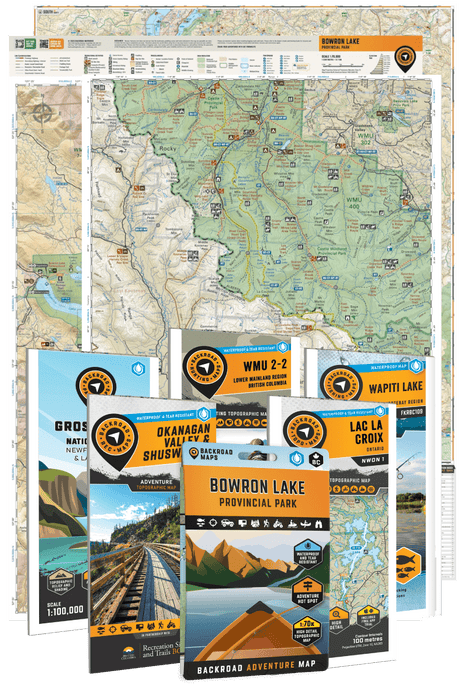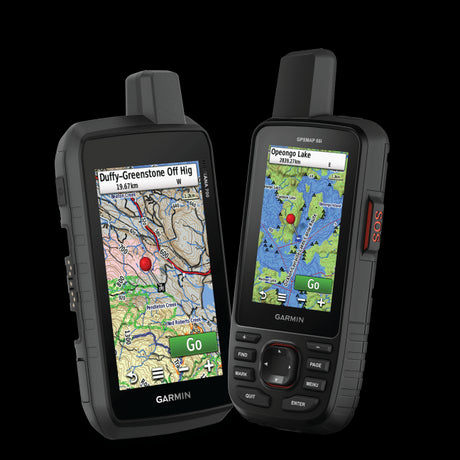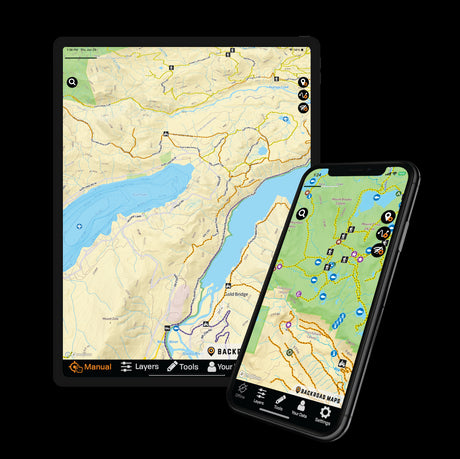With lakes all across Canada freezing over, anglers are getting ready to hit the ice. For many, this is a chance to access parts of a lake on foot that you would normally only be able to reach by boat. There is also the added excitement of never really knowing what you have on your line until you pull it up through the ice. Ice fishing is not only a great way to land yourself a winter seafood feast, it is also a Canadian tradition, and many anglers head out on the ice primarily to spend some time with friends and family.
Because ice fishing is a fairly quiet activity, that leaves a lot of time for socializing. It is also surprisingly easy, so everyone, from beginner to veteran ice fishers, can enjoy the action together. And there is definitely something special about enjoying a hot drink in the winter sunshine while you wait for that lunker to bite.
To celebrate one of our favourite winter pastimes, we have put together some tips for ice fishing, as well as a few of the top hot spots to drop a line through the ice across Canada. Here is what you need to know to get started:
Test the Ice
In many parts of Canada, ice-over begins around November, but this does not mean that ice is safe to fish on. Testing ice thickness is absolutely crucial to a safe and fun day of fishing. Ice should be at least 10 cm (4 in) thick before you walk on it. For snowmobiles and ATVs, at least 13 cm (5 in) is required, while cars and small trucks require at least 20 cm (8 in) of ice.
Stay Warm
Because ice fishing is a stationary activity you will need to dress extra warm to keep your body heat in. Thermal underwear, good winter boots with thick wool socks and a fleece shell underneath your winter coat are always good choices. Also, remember that you lose most of your body heat through your head, so a good toque really is your best friend. A thermos full of hot tea or coffee (Bailey’s optional) will make your day of fishing much more enjoyable as well.
Make the Most of Your Time
Most fish species are at their peak of activity in the early morning, so getting an early start is your best bet for a successful day on the ice. Basically, as soon as the sun is shining is a good time to drop a line.
Keep Moving
Just like fishing in the spring, summer or fall, if you are not getting any bites at a particular hole, your best option may be to move on to a different spot. With a proper ice auger, drilling a new hole in the ice is a piece of cake. Some anglers even like to have multiple holes going at once, with rods set up on stands – you can watch for a bend in the rod indicating a bite, or use a tip-up which raises a flag in the air.
Give it Some Action
Although ice-fishing requires minimal work, sometimes jigging can greatly increase your chances of success. Many successful ice fishers recommend jigging right near the lake-bottom, letting your jig hit the bottom and raising it no more than 10-13 cm (4-5 in) in each motion. Of course, the beauty of fishing is that everyone develops their own method for success, and trial and error is sometimes your best friend.
Hit the Spot
Depending on the lake you are fishing at, fish may be hiding out in different areas. In smaller lakes, fish start off in deep areas and move to the shallows as the season progresses, due to dwindling oxygen supplies in deeper water. In deeper lakes, where oxygen is not an issue, fish behave as they do in other seasons, sticking close to sources of food and cover – aim for drop offs and depressions in the lake bottom. Sonar, underwater cameras and bathymetric charts are all useful tools.
Have Fun
Whether you catch your limit or walk away empty handed, a good angler is always appreciative of their time on the ice. Enjoy the winter scenery, breathe in the fresh air, swap some stories with your buds and do not be afraid to smile – time spent fishing is never wasted!

Now that we have covered some of the basics, let’s take a look at some of Canada’s hottest (or coolest) ice fishing lakes. Granted, you can drop a line in virtually any fish-bearing lake that freezes to a safe thickness, but here are some lakes that have made their way to legendary status among ice fishers.
Whiteswan Lake, BC
With the Rocky Mountains dominating the skyline, bald eagles gliding overhead and moose grazing along the shore, you may have a hard time keeping your eye on your line at this gorgeous East Kootenay lake. More than just a pretty sight, however, Whiteswan is home to rainbow trout that are rumoured to reach up to 10 kg (22 lb) in size.
Cold Lake, AB
This aptly named lake on the Alberta-Saskatchewan border is known for its massive lake trout – reeling in a 4.5 kg (10 lb) lake trout is not uncommon. Jumbo perch, pike, walleye and whitefish add to the allure of this famous ice fishing lake.
Tobin Lake, SK
Tobin Lake is fairly secluded, which keeps fishing pressure low and allows the fish to grow to huge sizes. Both the world record walleye and its runner up were pulled out of this lake, so if you make the journey out here be prepared to pull in a lunker.
Lake Dauphin, MB
This lake is known as the best road-access walleye fishery in Western Canada, with locals affectionately dubbing it the “Walleye Factory.” In winter, a snowmobile will really help with accessing the best spots on the lake.
Lake Nipissing, ON
With a surface area of over 850 km² (330 mi²), there is plenty of space to reel in the 1.3 kg (3 lb) walleye that this lake is known for, though fish weighing 4.5 kg (10 lb) or more are not unheard of. Lake Nipissing has a booming ice fishing lodge rental industry, and this is a great way to drop a line in style and comfort.
Glenfinnan Lake, PEI
One of just two lakes that permits ice fishing on PEI, Glenfinnan supports a healthy rainbow trout population and you should have no problem catching your limit here, provided you use a couple of the pointers we have listed above.
Brig Bay, NF
Probably the least known fishing spot on this list, this bay has the distinction of being one of the rare places in Canada where ocean water freezes over enough for ice fishing, and a healthy smelt population makes this an excellent angling spot.
Bras d’Or Lake, NS
This huge lake is actually an inland sea, found on Nova Scotia’s Cape Breton Island. Its many bays and inlets offer some unique opportunities for saltwater ice fishing for brown trout, brook trout, salmon and more.
As we mentioned earlier, virtually any lake that freezes over and permits angling is a good place for ice fishing, and the search for that perfect lake is just part of the adventure. Of course, you can find many excellent ice-fishing lakes in our Backroad Mapbooks, Fishing Mapbooks, and Backroad GPS Maps. We hope we have inspired you to get out there and participate in one of Canada’s greatest winter pastimes. From all of us here at Backroad Mapbooks, happy angling!







